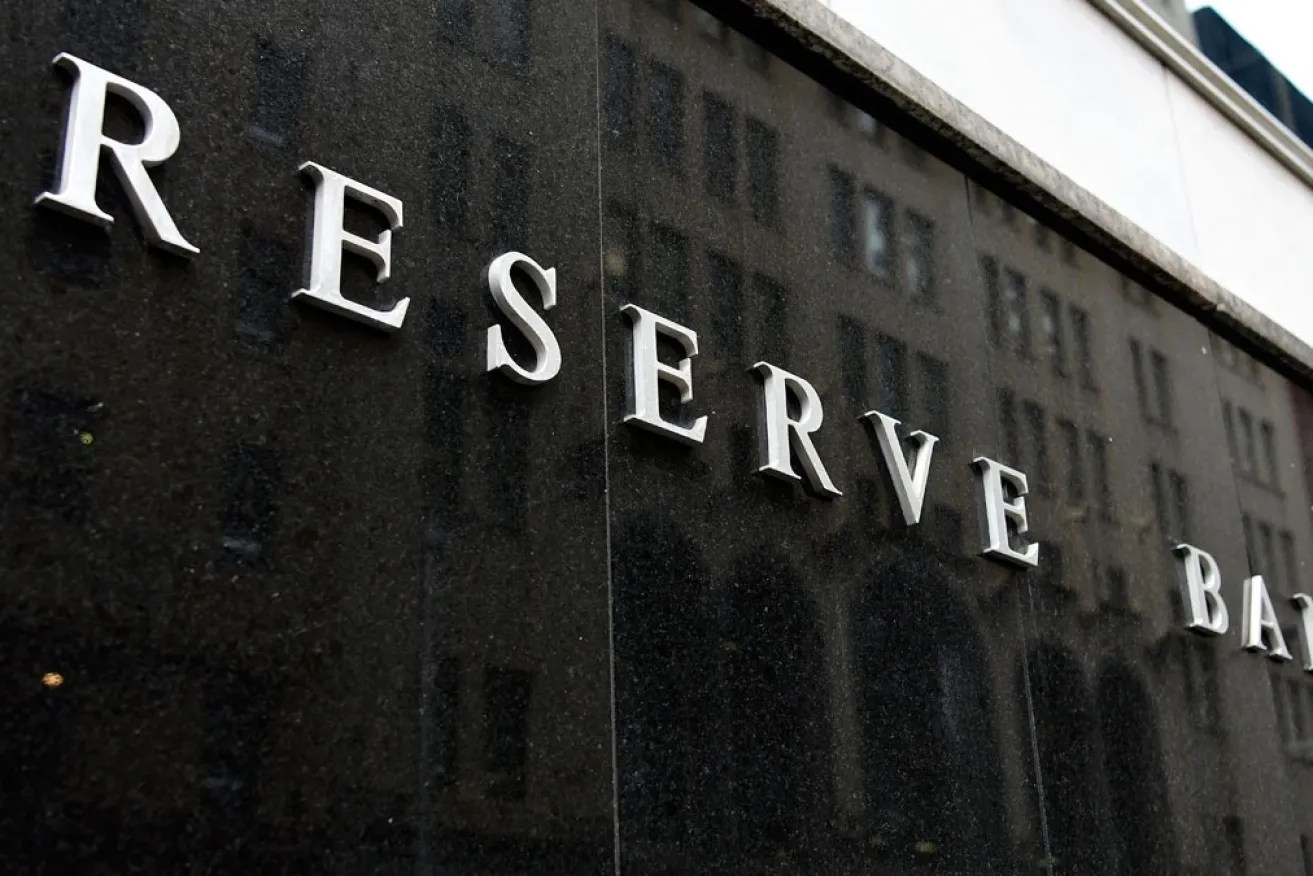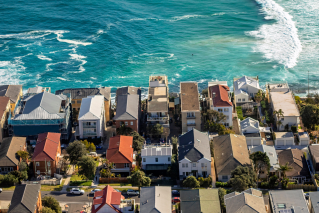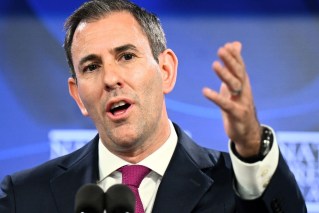‘Great deal of uncertainty’ in 2024 as RBA mulls whether inflation is falling fast enough


The RBA is facing a difficult battle with inflation as services prove sticky, experts say. Photo: TND
The past year has been nothing short of a financial nightmare for millions of Australian families as the most painful mortgage squeeze on record has shattered budgets across the nation.
The average Australian on a variable rate has forked over more than a third of their annual income in extra repayments ($25,000) since the Reserve Bank (RBA) began its crusade against inflation in 2022.
Mortgage stress has peaked and families have reported trouble paying their bills as the spike in repayments has coincided with the highest petrol, grocery and power prices seen in decades.
But despite all that pain, inflation is still nowhere near being tamed and the jury is still out on whether central bankers will push through even higher interest rates.
Economist Nicki Hutley said that while inflation has continued easing, it’s still uncertain whether price growth will fall fast enough next year to prevent higher mortgage bills.
“Inflation is coming down. The big question is how quickly is it coming down?” Hutley explained.
“The RBA has been saying there’s good trends in goods price inflation, but they’re worried about stickiness in services prices – we’re at the point where there’s a great deal of uncertainty.”
The good news is that we’re close to the peak for rates, with the vast majority of forecasters now predicting the days of rising mortgage bills are almost over, if not already in the rear view mirror.
So what are the key risks for inflation in 2024, and where are interest rates likely to end up?
Unpacking services inflation
At 5.4 per cent on the latest reading, price growth has eased from 7.8 per cent over 2023.
But that’s where the good news ends because underlying inflation – the reading targeted by the RBA – has been more persistent, sitting higher at 5.3 per cent over the September quarter.
The reason for that is that a welcome fall in inflation for many consumer goods, such as electronics, furniture and apparel, is being offset by stubborn inflation for many services.
Oxford Australia head of macroeconomic forecasting Sean Langcake said this trend is likely to persist, based on the experiences of other countries like the United States over 2023.
“There’s no reason it won’t play out stubbornly,” he said.
It’s important to recognise that not all services in the Consumer Price Index (CPI) are the same, though, with some parts of the basket more capable than others of being influenced by the RBA.
Many services categories running ahead of RBA inflation targets – including travel, personal care, pet services and hospitality – are closely related to wages growth because labour is a huge cost.
But others – namely rent, utility bills and insurance – are sitting above the target for other reasons.
That includes chronic shortages of suitable housing, the legacy of high global commodity prices and increasing weather-related insurance risks.
Nevertheless, as Langcake explained, the RBA will be focused intently on parts of the services it can influence.
On that front, the latest evidence on wages growth and productivity may be a concern, because in the absence of more output per worker a brisk rise in pay packets could end up generating higher services prices.
“There’s very little in the national accounts that makes you feel better about the unit labour cost outlook,” Langcake said.
“Nominal unit labour costs are still extraordinarily strong, those kinds of cost pressures have to go somewhere.”
Hutley is less concerned about the prospect that wages growth may result in overly stubborn inflation for key services, saying that wages growth has probably peaked heading into 2024.
In other words, inflation is likely on the path charted by the RBA, which would see it fall back to 4.5 per cent (headline) in the December quarter and to 4.2 per cent by the end of next year.
From there, it would continue to ease into the top of the 2 to 3 per cent target band by late 2025.
Interest rates outlook
The key risk, at least for households, is that the Reserve Bank enters 2024 with a relatively hawkish stance, having declared that any upside inflation surprise would spark new action.
“Having said they won’t tolerate anything that’s a material difference [to their forecasts] they’ve put themselves in a place where they have to go again [if that happens],” Hutley explained.
And so if inflation risks do occur, including the prospect of stubborn inflation for services, then households may need to brace for even higher interest rates in the early days of the new year.
The first Reserve Bank meeting won’t happen until February, with all important December-quarter inflation figures set for release on January 31 shaping up to be the pivotal data drop.
Langcake said the RBA will have a close eye on the composition of that price data, which may see them take action even if the headline number comes in line with their existing forecasts.
“If anything, the path towards another rate hike is a number that’s something in line with their forecasts, but they’re a little bit concerned about the composition of it,” he said.
“[Particularly] If they see more action than they’re expecting in services.”
Langcake thinks it’s a 50-50 proposition whether the RBA does raise rates again, with other forecasters having already called the peak as predictions flow for cuts late this year.
That would suggest the RBA begins cutting rates before inflation has fallen back into the target band, but Hutley explained that could make sense because monetary policy operates with a lag.
“We are probably done and dusted [with rate hikes], or we’re very close,” Hutley said.







